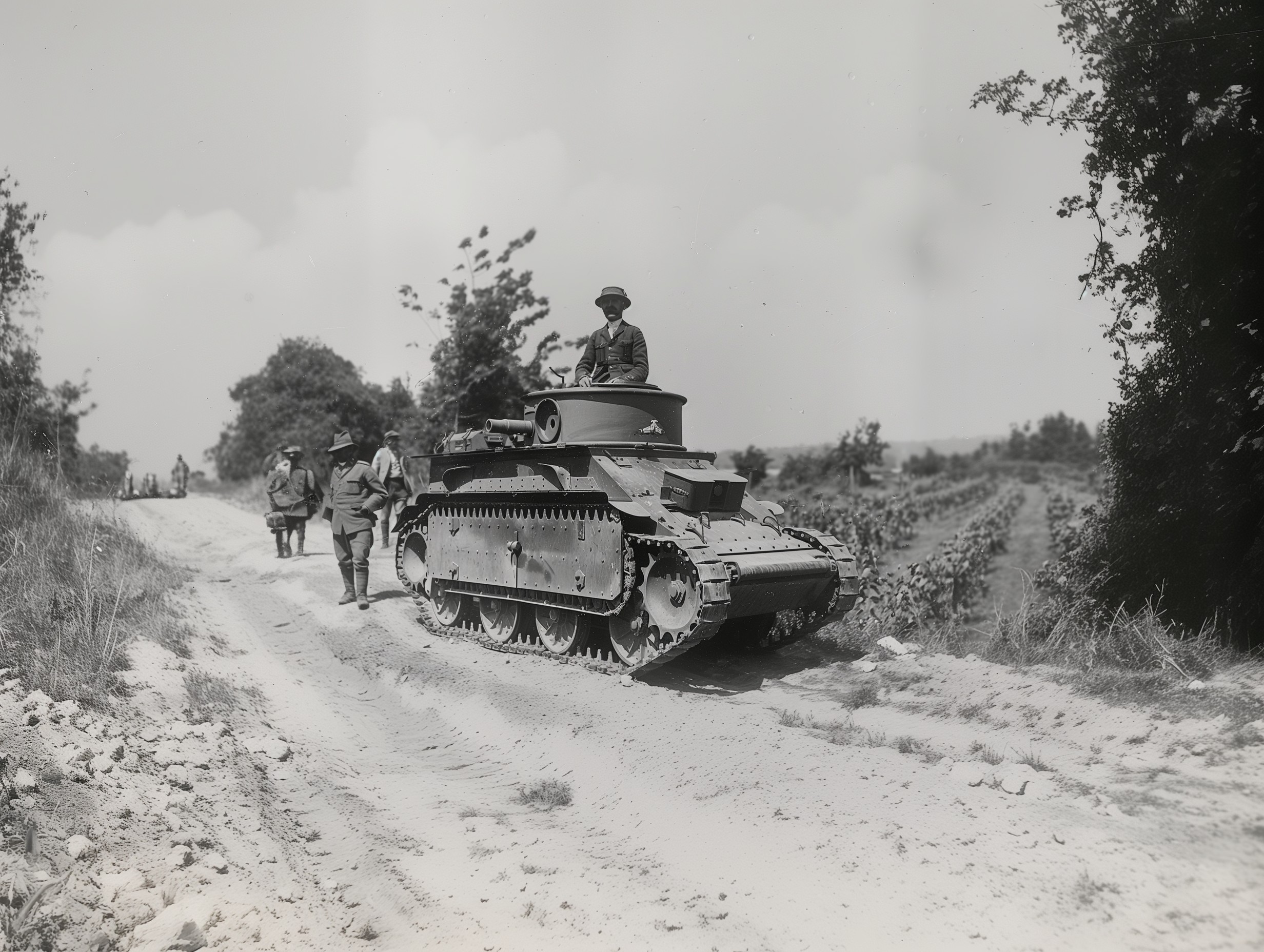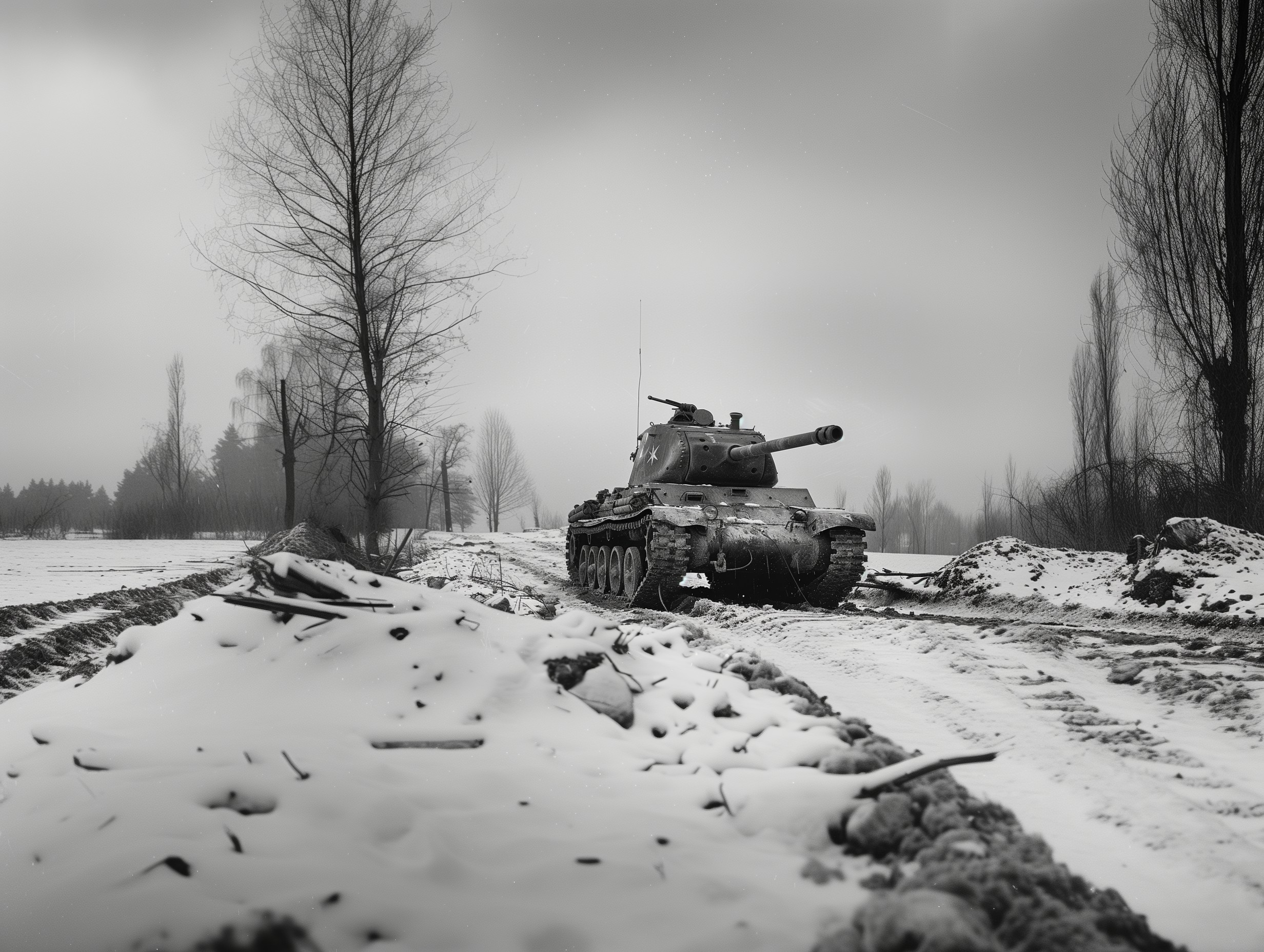Tank Additional Armor
Modern battle tanks are engineered to withstand a variety of threats on the battlefield, from anti-tank missiles to improvised explosive devices. One of the key components in enhancing a tank's survivability is its additional armor. This armor comes in various forms, each designed to counter specific types of threats.
Types of Additional Armor
Reactive Armor: Reactive armor is designed to detonate upon impact with an anti-tank projectile, significantly reducing the projectile's ability to penetrate the tank's main armor.
Composite Armor: Composite armor combines layers of different materials such as ceramics, metal, and plastic to absorb and dissipate the energy of incoming projectiles.
Slatted Armor: Also known as cage armor, this type of additional armor is effective against anti-tank rockets. It disrupts the operation of rocket-propelled grenades by causing them to detonate before hitting the main armor.
Future Developments
As threats evolve, so too does tank armor. Future developments in additional armor technologies include the integration of electric-reactive armor and the use of nanomaterials to create even lighter and stronger armor solutions.

